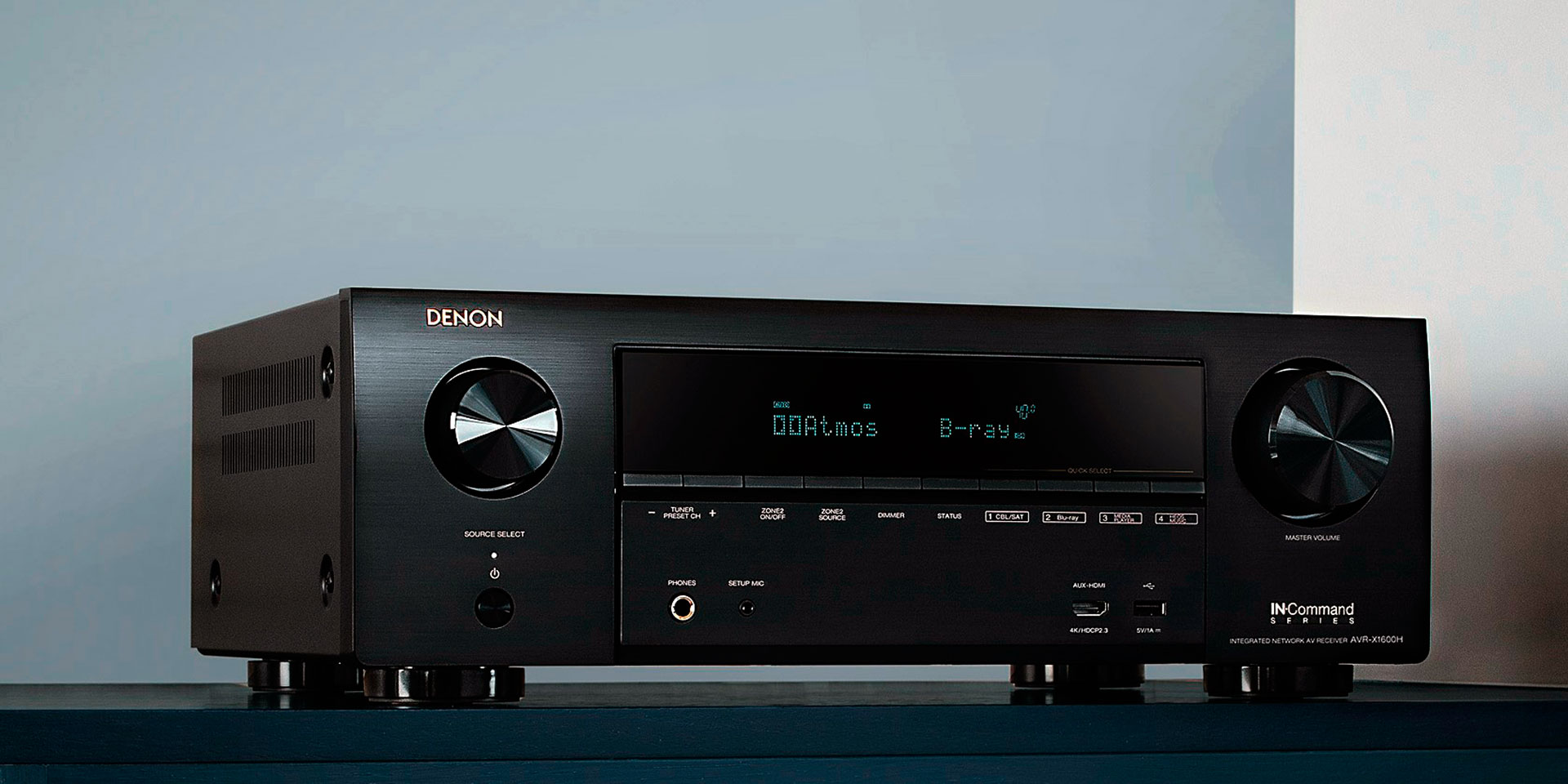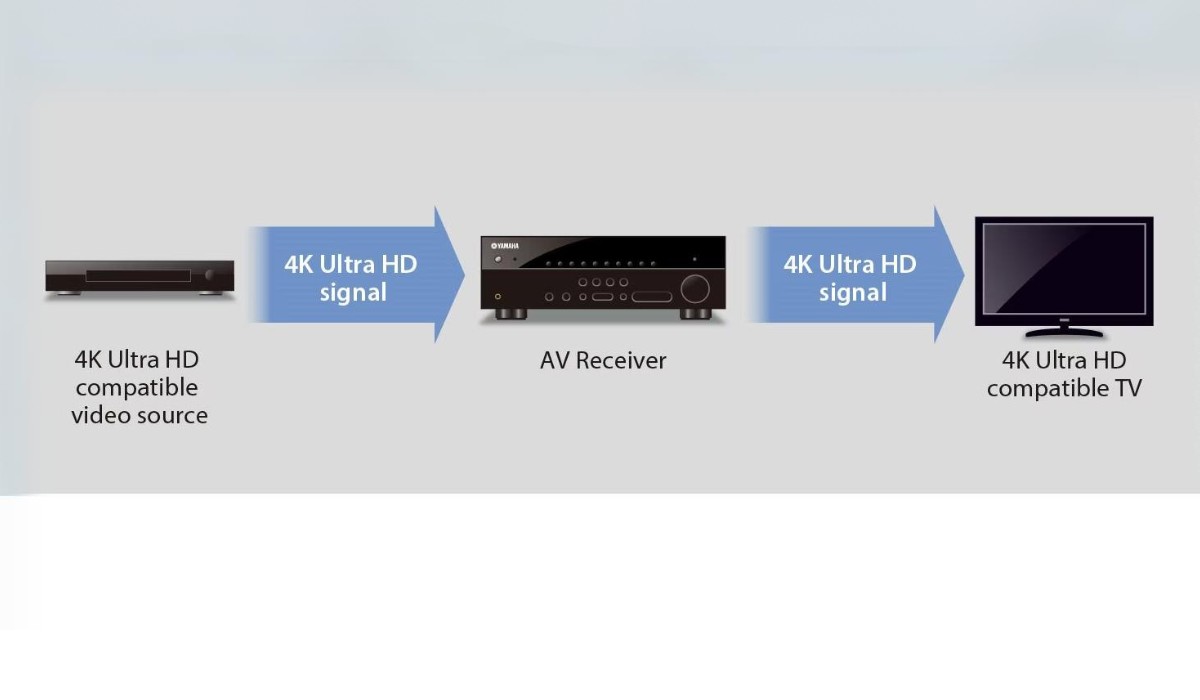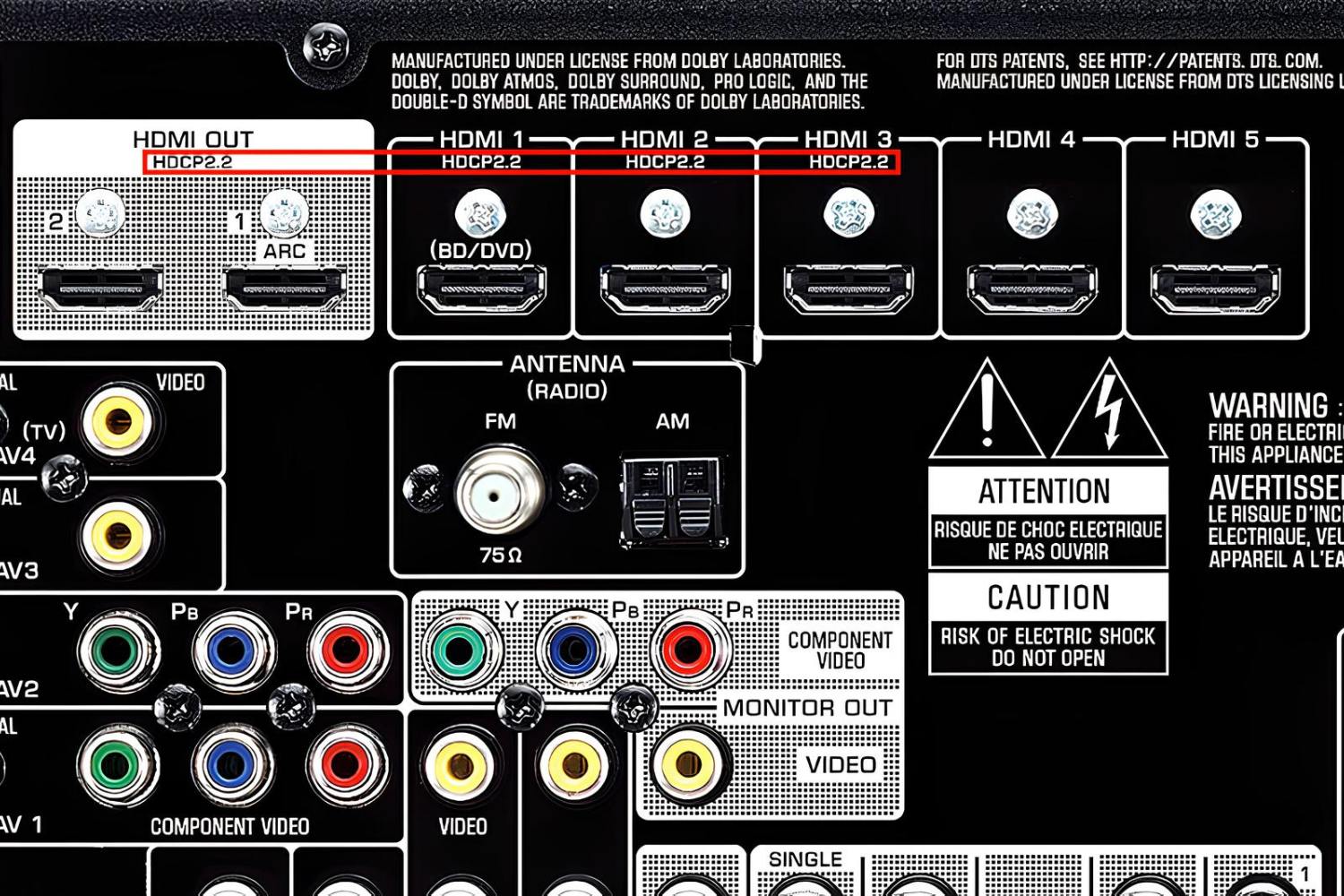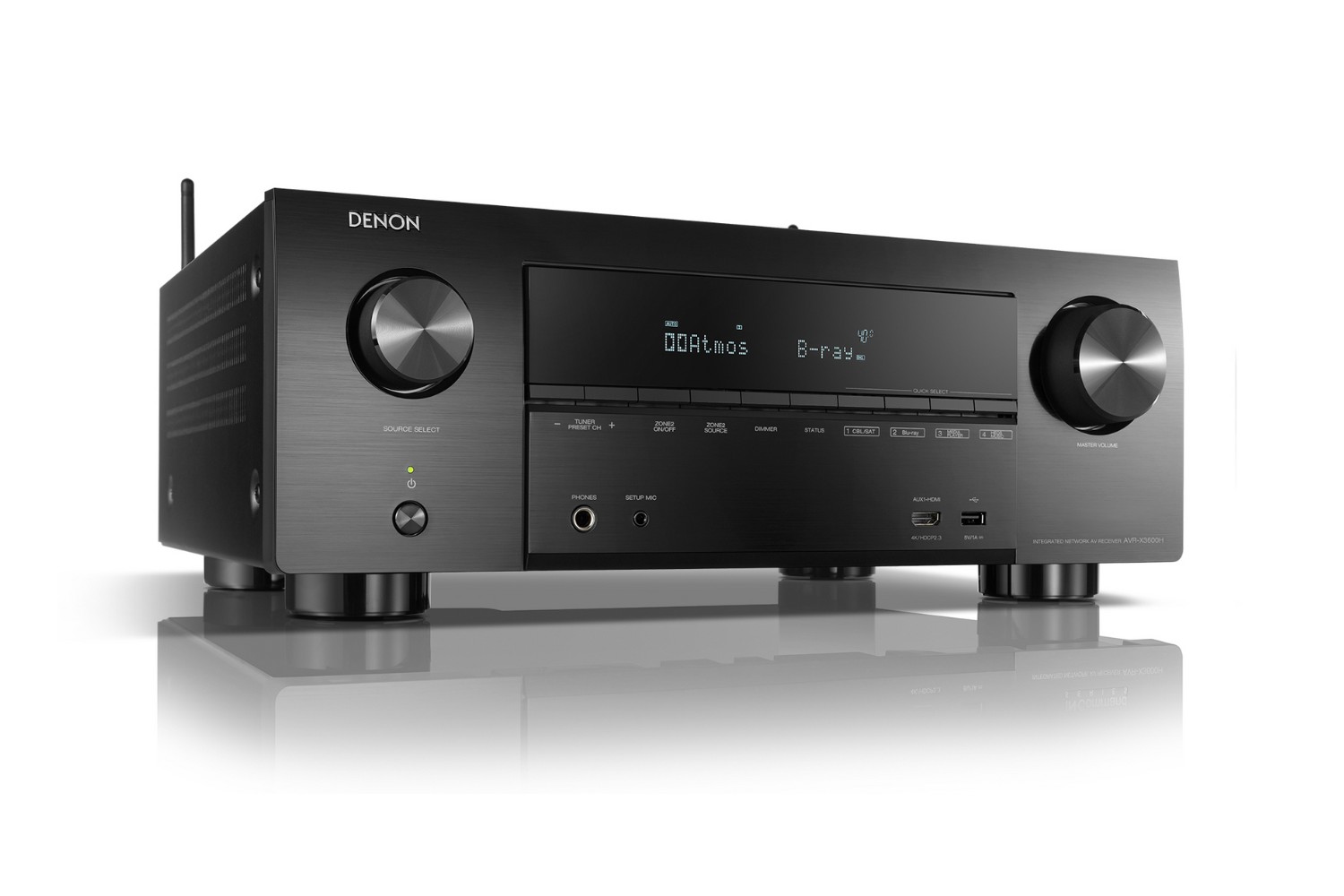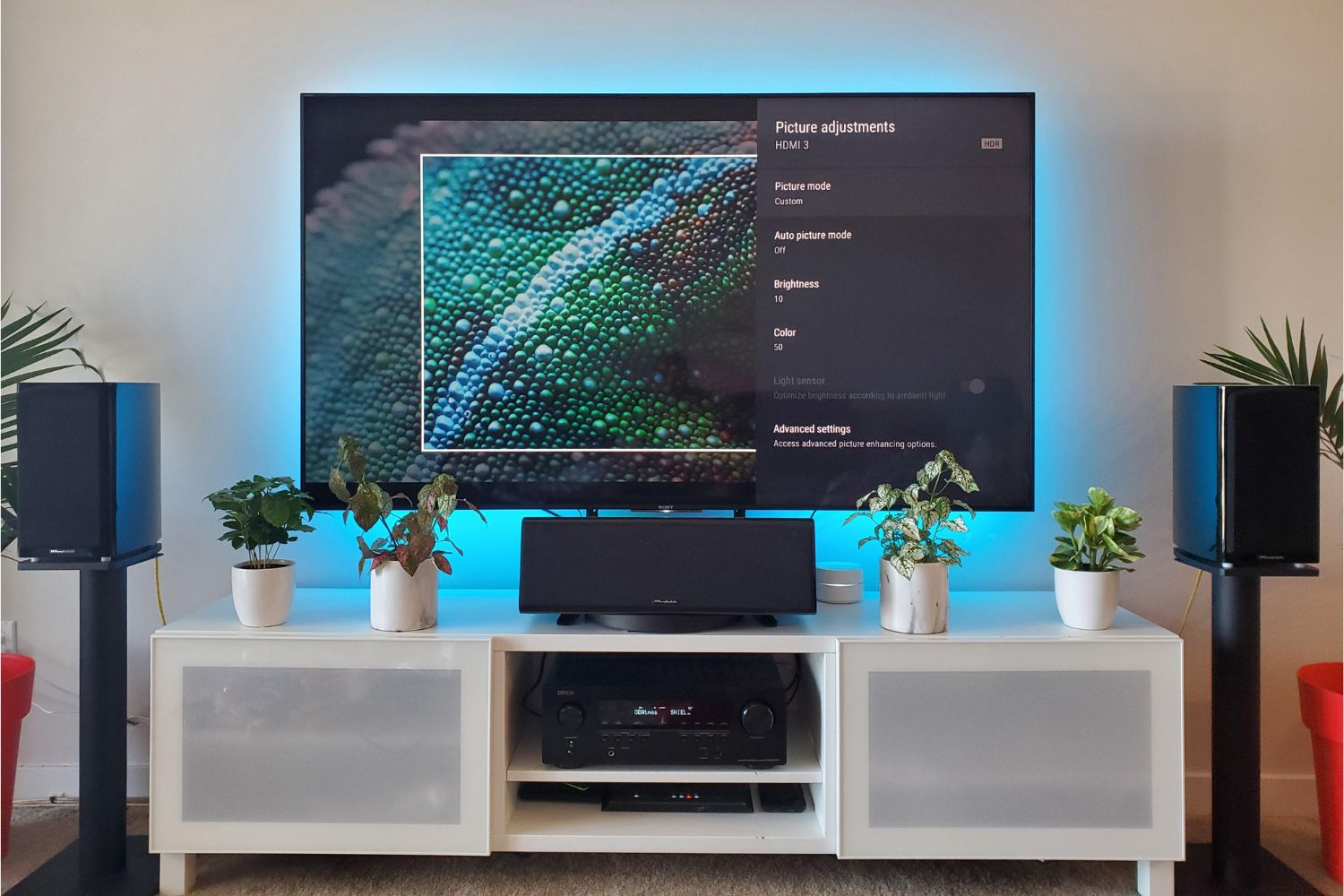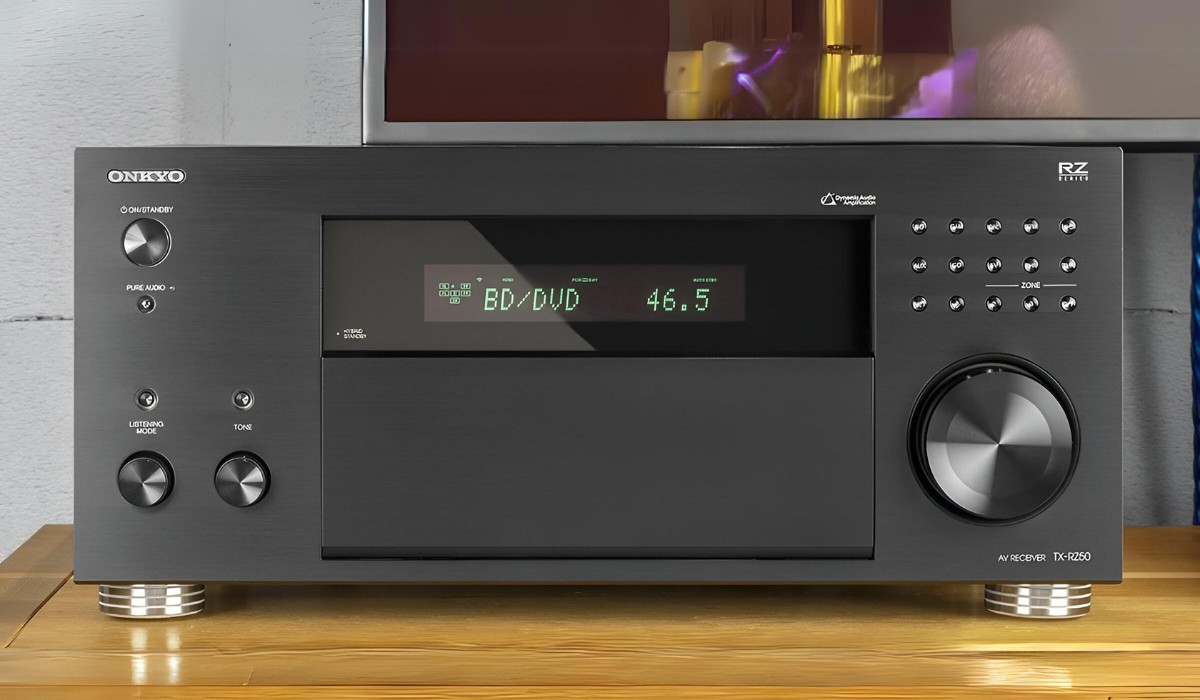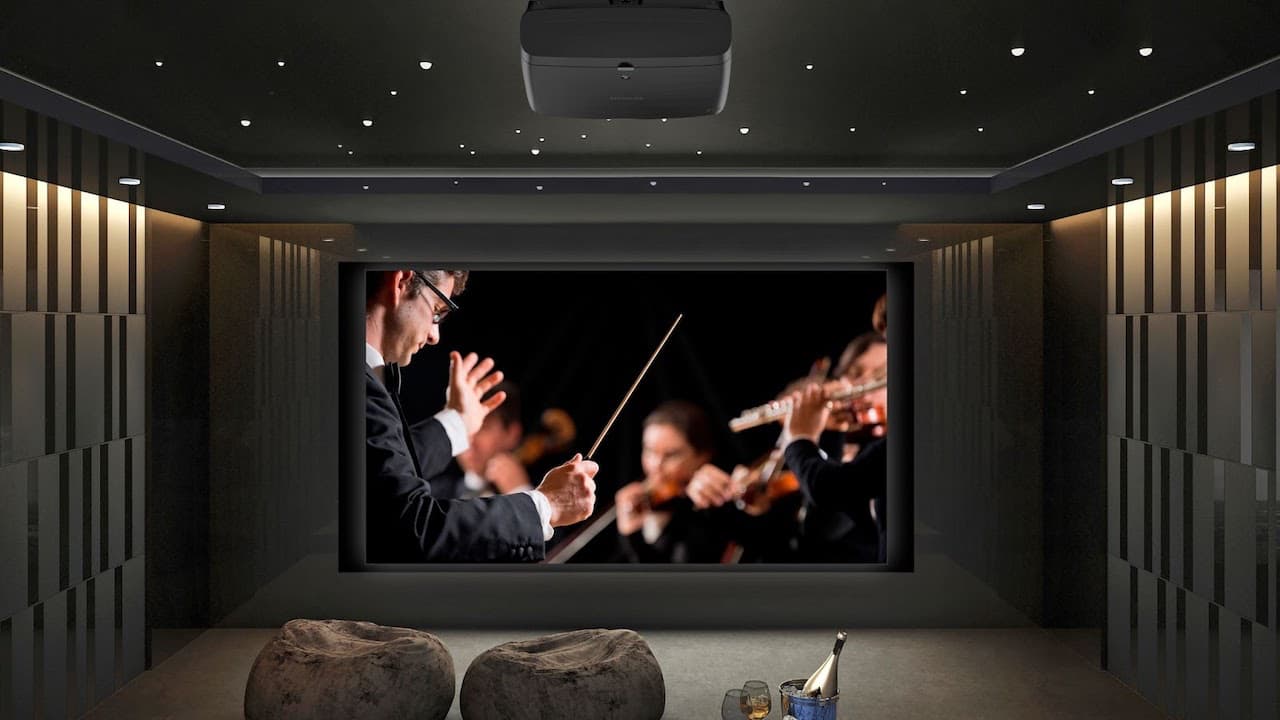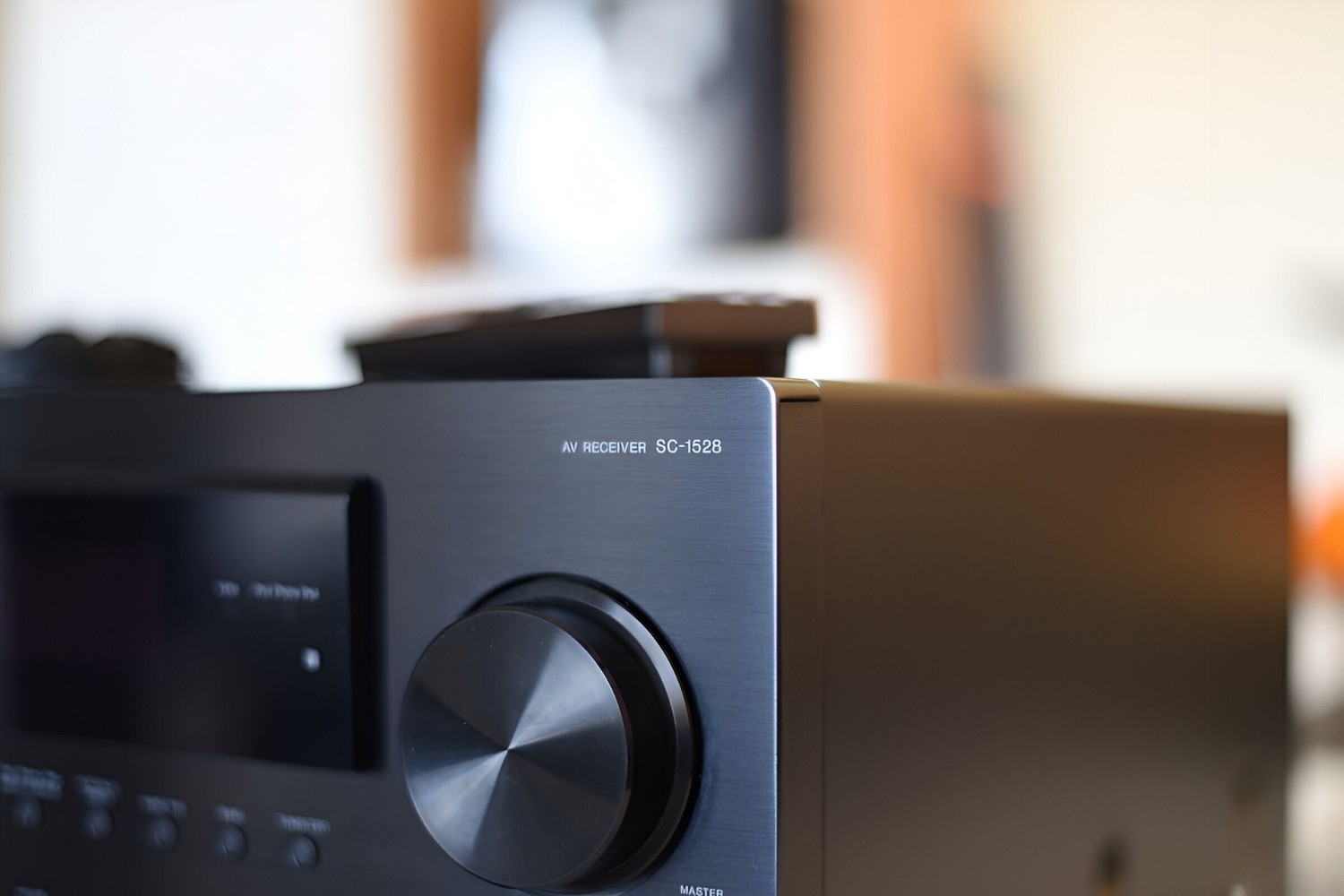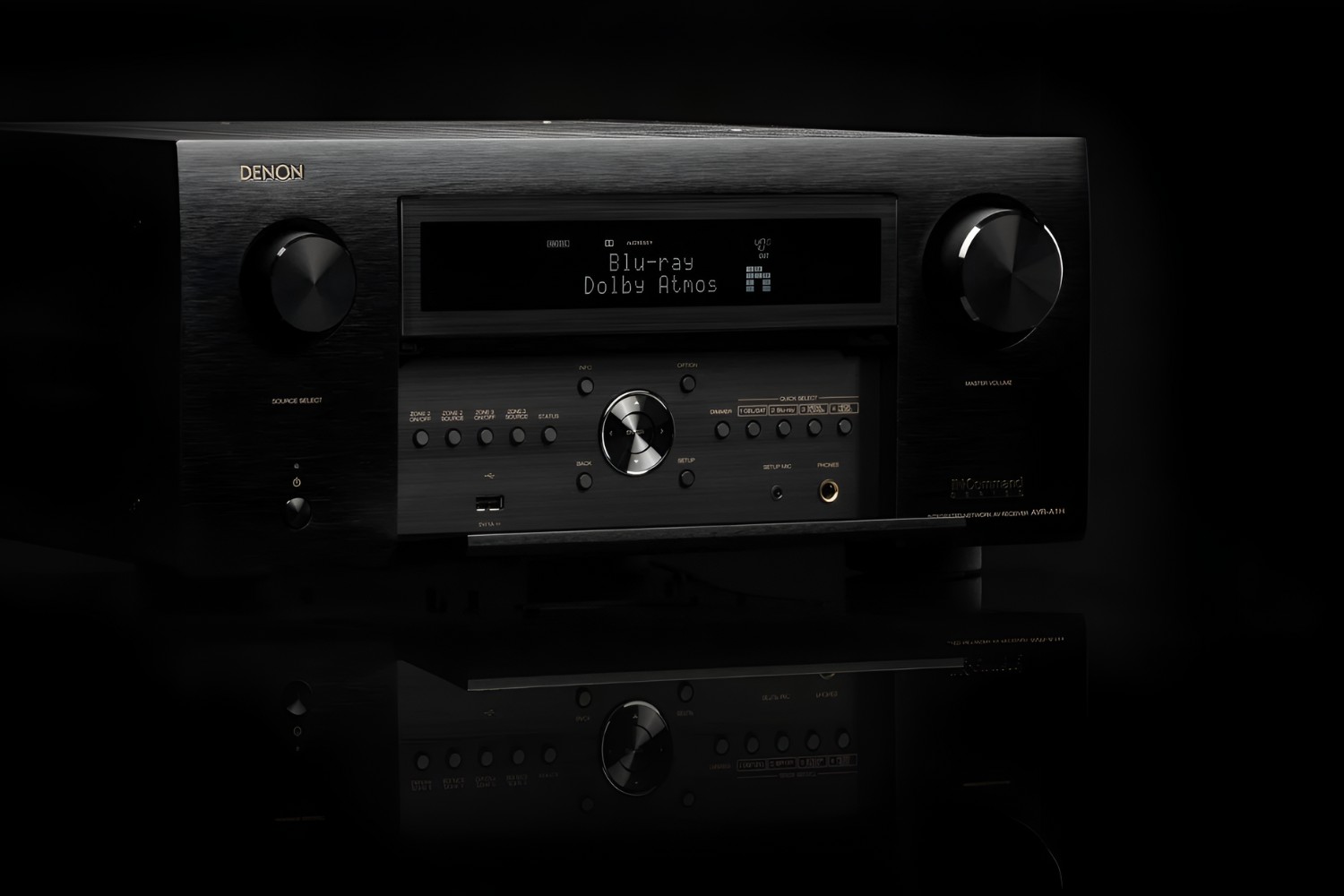Introduction
So, you've got yourself an AV receiver and you're eager to experience the stunning visual clarity of 4K resolution. But how do you know if your AV receiver is 4K-compatible? With the increasing prevalence of 4K content and displays, it's essential to ensure that your AV receiver is up to the task of delivering the best possible picture quality to your 4K TV or projector.
In this guide, we'll explore several methods to determine whether your AV receiver supports 4K resolution. Whether you're a home theater enthusiast or a casual viewer looking to elevate your entertainment experience, understanding the capabilities of your AV receiver is crucial for enjoying the full potential of your 4K display.
By the end of this article, you'll be equipped with the knowledge and confidence to verify the 4K compatibility of your AV receiver, ensuring that you can make the most of your home entertainment setup. Let's dive into the various approaches that will help you determine if your AV receiver is 4K-ready.
Checking the Specifications
One of the most straightforward ways to determine if your AV receiver is 4K-compatible is to review its specifications. Manufacturers typically provide detailed information about the supported video resolutions in the product documentation or on their official website. Look for terms such as “4K Ultra HD,” “2160p,” or “HDCP 2.2” in the specifications. These indicate that the AV receiver is designed to handle 4K content and maintain its high-quality resolution.
Additionally, check for compatibility with high dynamic range (HDR) content, as this feature enhances the contrast and color accuracy of 4K video, delivering a more immersive viewing experience. If your AV receiver supports HDR, it’s a strong indication that it is 4K-capable.
When examining the specifications, pay attention to the supported frame rates as well. Some 4K content, especially in gaming and sports, may be delivered at higher frame rates for smoother motion and enhanced realism. Look for terms like “60Hz” or “120Hz” to confirm that your AV receiver can handle these high frame rates, ensuring a seamless 4K viewing experience.
By carefully reviewing the technical specifications of your AV receiver, you can gain valuable insights into its 4K compatibility and ensure that it aligns with the requirements of your 4K display and content sources.
Testing with a 4K Source
Another effective method to confirm the 4K compatibility of your AV receiver is to conduct a hands-on test using a 4K video source. This approach provides a practical way to verify whether the AV receiver can successfully process and pass through 4K content to your display.
Start by connecting a 4K-capable media player, such as a 4K Blu-ray player or a streaming device that supports 4K resolution, to one of the HDMI inputs on your AV receiver. Ensure that the HDMI cable used for the connection is also 4K-compatible, as older cables may not support the necessary bandwidth for 4K transmission.
Once the 4K source is connected, select the corresponding input on your AV receiver and play a 4K video or movie. Observe the display to confirm that the content is being rendered in 4K resolution. If the video appears crisp and detailed, with vibrant colors and sharpness, it indicates that your AV receiver is successfully processing the 4K signal and delivering it to your display without compromising its quality.
During the test, pay attention to any error messages or notifications on the display that may indicate issues with the 4K signal transmission. If the video fails to display in 4K or if you encounter compatibility issues, it could suggest limitations or incompatibilities with your AV receiver’s 4K capabilities.
By conducting a practical test with a 4K video source, you can directly assess your AV receiver’s ability to handle 4K content, providing a real-world confirmation of its 4K compatibility.
Using the On-Screen Display
Many modern AV receivers are equipped with on-screen displays that provide detailed information about the incoming video signals and the capabilities of the receiver. Utilizing the on-screen display can offer valuable insights into the resolution, color depth, and other key attributes of the video being processed by the AV receiver.
To access the on-screen display, ensure that your AV receiver is connected to a display device, such as a TV or projector, using a compatible HDMI cable. Next, navigate through the receiver’s menu system to activate the on-screen display feature. Once enabled, you can access the on-screen menu by pressing the designated button on the remote control or the front panel of the receiver.
Within the on-screen display, look for information related to the input signal resolution and color depth. It should indicate whether the incoming signal is 4K and whether it is capable of supporting HDR content. Additionally, the on-screen display may provide details about the HDMI version being utilized, ensuring that it aligns with the requirements for 4K transmission, such as HDMI 2.0 or higher.
Some AV receivers also include diagnostic tools within the on-screen display that can help identify any potential issues with the incoming 4K signal, such as HDCP (High-bandwidth Digital Content Protection) compliance or signal format compatibility. These diagnostic features can assist in troubleshooting and optimizing the 4K signal path through the receiver.
By leveraging the on-screen display of your AV receiver, you can gain valuable information about the incoming video signals and the receiver’s processing capabilities, empowering you to verify its 4K compatibility and ensure that it meets the requirements for delivering high-quality 4K content to your display.
Checking the HDMI Ports
The HDMI ports on your AV receiver play a crucial role in facilitating the transmission of 4K content from source devices to your display. Ensuring that these ports are compatible with 4K signals is essential for a seamless and high-quality viewing experience. When assessing the HDMI ports, consider the following factors to determine their 4K capabilities:
- HDMI Version: Verify that the HDMI ports on your AV receiver are compliant with HDMI 2.0 or later versions. HDMI 2.0 supports 4K video at 60 frames per second (60Hz) and provides the necessary bandwidth for transmitting 4K content with HDR, ensuring optimal visual performance.
- HDCP Compatibility: Confirm that the HDMI ports support HDCP 2.2, the latest encryption standard designed to protect 4K content. HDCP 2.2 compliance is essential for seamless playback of copy-protected 4K content, and it is a critical requirement for maintaining signal integrity throughout the video transmission process.
- Enhanced Audio Return Channel (eARC): If you plan to utilize advanced audio formats, such as Dolby Atmos or DTS:X, in conjunction with 4K content, ensure that your AV receiver’s HDMI ports support eARC. eARC enables the transmission of high-quality, immersive audio formats over HDMI, enhancing the overall audiovisual experience when paired with 4K content.
Inspect the documentation or specifications provided by the manufacturer to identify the HDMI version and HDCP support for each HDMI port on your AV receiver. Additionally, consider the future scalability of your AV setup by confirming whether the HDMI ports align with the latest standards to accommodate upcoming 4K content and devices.
By conducting a thorough assessment of the HDMI ports on your AV receiver and verifying their compatibility with 4K signals, you can ensure that the video transmission path is equipped to handle the demands of high-resolution 4K content, delivering stunning visuals to your display without compromise.
Conclusion
Verifying the 4K compatibility of your AV receiver is an essential step in optimizing your home entertainment setup for the stunning visual experience offered by 4K content. By employing a combination of methods, including reviewing specifications, conducting practical tests with 4K sources, utilizing on-screen displays, and assessing HDMI port capabilities, you can confidently ascertain whether your AV receiver is equipped to handle 4K content effectively.
Understanding the technical specifications of your AV receiver, such as its support for 4K resolution, HDR, and high frame rates, provides valuable insights into its video processing capabilities. This knowledge empowers you to make informed decisions when integrating 4K sources and displays into your home theater system, ensuring compatibility and optimal performance.
Practical testing with a 4K source allows you to directly observe the AV receiver’s ability to process and deliver 4K content, providing real-world validation of its 4K compatibility. Leveraging the on-screen display and diagnostic features further enhances your ability to assess the receiver’s handling of incoming 4K signals, enabling you to troubleshoot and optimize the video transmission path.
Finally, evaluating the HDMI ports for compliance with the latest standards, such as HDMI 2.0 and HDCP 2.2, ensures that the AV receiver can effectively transmit 4K content with the necessary bandwidth and signal integrity, contributing to a seamless and immersive viewing experience.
By employing these methods and considerations, you can confidently determine whether your AV receiver is 4K-ready, allowing you to fully embrace the captivating visual fidelity and detail offered by 4K resolution, enriching your home entertainment experience.







